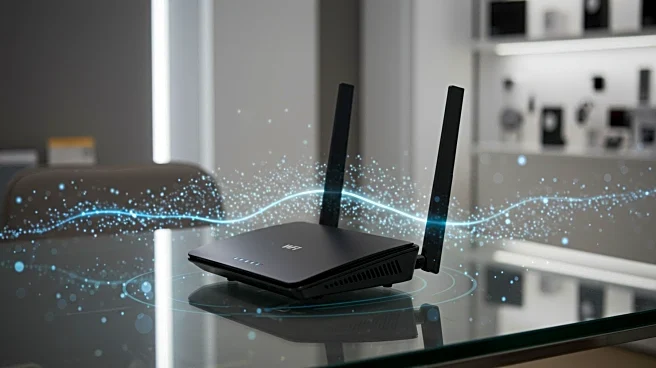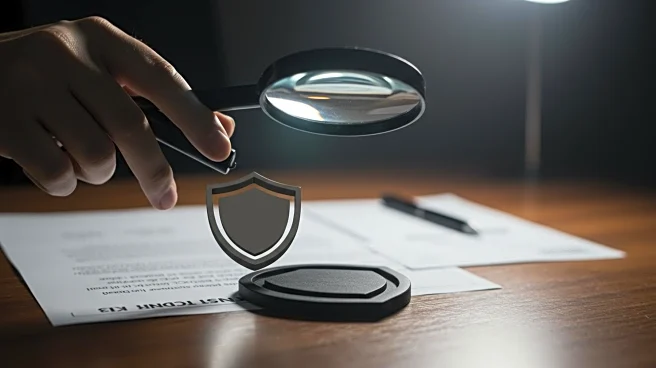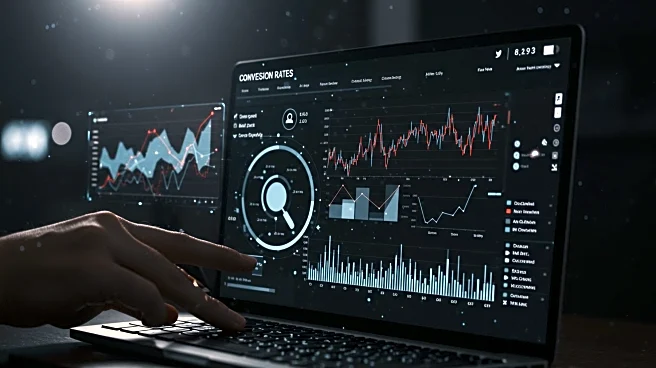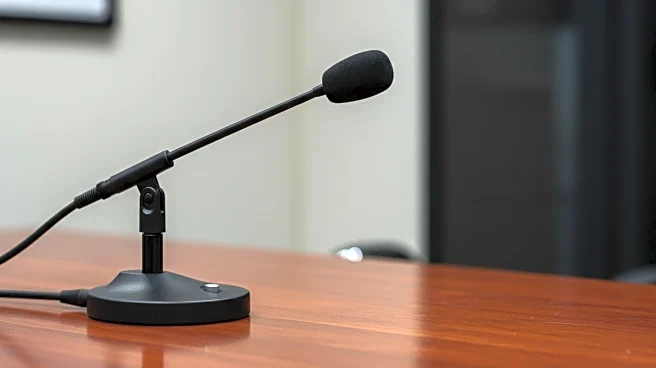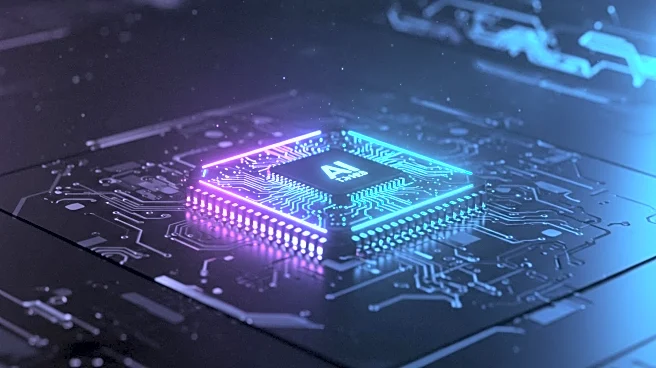What is the story about?
What's Happening?
Wishpond Technologies Ltd., a provider of AI-enabled marketing solutions, has filed a non-provisional utility patent application for its new self-testing technology. This innovation allows virtual AI agents to undergo rigorous pre-engagement simulations, enhancing their accuracy and reliability in customer interactions. The technology, already in use with Wishpond's SalesCloser AI, represents a significant advancement in AI-driven sales automation. This is the fourth patent application filed by Wishpond, highlighting its commitment to leading in AI marketing technology. The self-testing feature ensures AI agents are well-prepared for real-world interactions, improving the quality and reliability of customer engagements.
Why It's Important?
The filing of this patent is a strategic move by Wishpond to strengthen its position in the competitive AI-driven sales automation market. By enhancing the reliability and human-like functionality of its AI agents, Wishpond aims to improve customer experience and trust in automated solutions. This development could lead to more efficient sales processes and better customer satisfaction, benefiting businesses that rely on AI for marketing and sales. The patent also reinforces Wishpond's intellectual property portfolio, providing a competitive edge in the rapidly evolving AI technology landscape.
What's Next?
Wishpond plans to continue developing its strategic patent portfolio, focusing on making AI sales agents function more like humans. The company is likely to integrate this self-testing technology across its platforms, potentially expanding its application beyond sales to other customer interaction areas. As the technology matures, it may attract interest from businesses seeking to enhance their AI capabilities, leading to potential partnerships or collaborations. Stakeholders in the AI and marketing industries will be watching closely to see how this technology impacts the market and customer engagement strategies.
AI Generated Content
Do you find this article useful?




